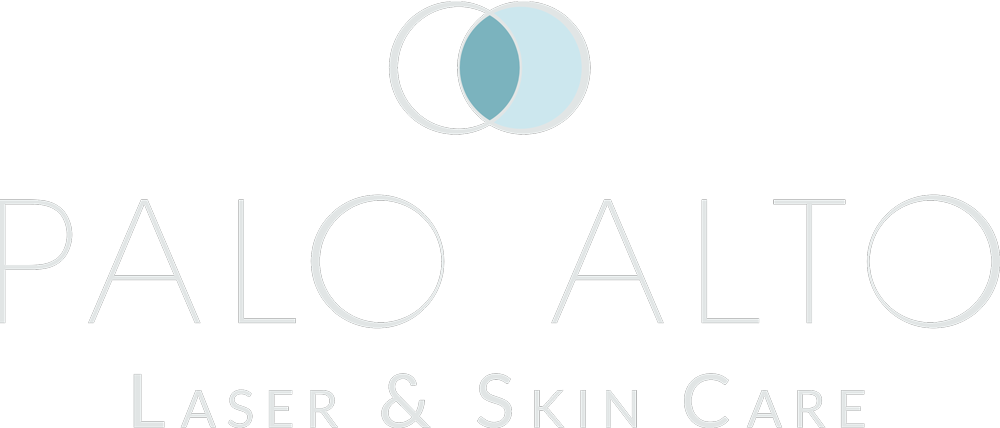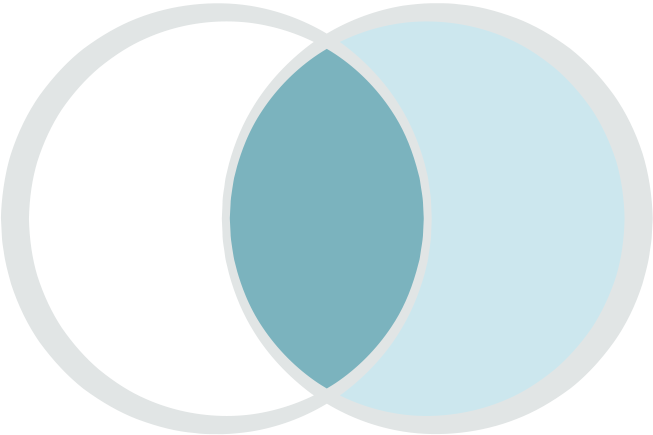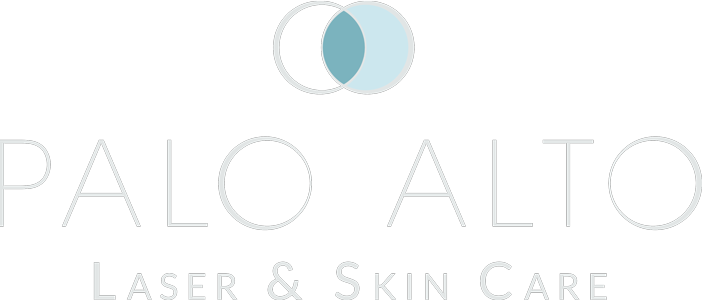Reveal your inner radiance at Palo Alto Laser & Skin Care. With over 15 years of expertise in cosmetic lasers and aesthetic treatments, our med spa in Palo Alto combines innovation and personalized care to help you achieve your aesthetic goals. From cutting-edge lasers to cosmetic injectables and soothing facials, we curate personalized solutions to make your true beauty shine through.

Welcome to Palo Alto Laser & Skin Care
About Palo Alto Laser & Skin Care
Our Practice
At Palo Alto Laser & Skin Care, we are more than just aesthetic specialists – we’re your partners on the journey to timeless beauty. Our seasoned medical professionals bring over 15 years of mastery in laser techniques and energy-based therapies. By blending the latest technologies with a deep understanding of aesthetic concerns, skincare, and facial anatomy, we curate bespoke treatment plans. As pioneers in laser treatments, injectables, and facial therapies, we empower you to pursue (and achieve) optimal aesthetic health and wellness.

Our Patient Reviews
Laser Treatments
CO2RE
CO2RE is an advanced laser treatment designed to rejuvenate the skin at our med spa in Palo Alto. The procedure employs fractional CO2 laser technology, which delivers targeted beams of light that create controlled micro-injuries in the skin’s deeper layers. This stimulates collagen production and promotes tissue regeneration, leading to improved skin texture, reduced wrinkles, and a more youthful appearance with minimal downtime.
Fraxel DUAL
Fraxel DUAL is a cutting-edge laser treatment that revitalizes skin by utilizing fractional laser technology. This method involves emitting microscopic laser beams into the skin, creating controlled columns of thermal damage. This prompts the body’s natural healing response, replacing old, damaged cells with new, healthy tissue. Fraxel DUAL effectively addresses sun damage, fine lines, and acne scars, promoting a smoother, more youthful complexion.
GentleMax Pro Plus
GentleMax Pro Plus offers a versatile solution for hair removal and skin rejuvenation. This laser treatment combines the power of Alexandrite and Nd:YAG lasers, targeting hair follicles or pigmented areas in the skin. The laser energy is absorbed by the melanin in hair or skin, effectively destroying hair follicles or reducing pigmentation. The dynamic cooling feature minimizes discomfort, making the procedure safe and efficient for various skin types. Visit our med spa in Palo Alto and experience it for yourself.
PicoWay
PicoWay employs picosecond laser technology to address tattoos and skin concerns. The ultra-short pulses shatter tattoo ink or pigmentation into smaller particles, easily eliminated by the body’s natural processes. This treatment’s rapid energy delivery minimizes heat buildup, reducing the risk of skin damage. PicoWay is effective for various skin tones and tattoo colors, ensuring safe and efficient results.
Vbeam Perfecta
Vbeam Perfecta utilizes pulsed dye laser technology to target vascular and pigmented lesions. The laser emits a concentrated beam of light absorbed by the targeted blood vessels or pigmentation. This absorption generates heat, causing selective damage and prompting the body’s natural healing response to clear or reduce the imperfections. Vbeam Perfecta effectively treats conditions like rosacea, spider veins, and sunspots.
Nordlys
Nordlys is an innovative treatment that utilizes selective waveband technology (SWT) to customize photofacials and hair removal. The device emits varying wavelengths of light, targeting specific chromophores in the skin or hair. This light energy is absorbed, converting to heat and effectively destroying hair follicles or treating pigmented and vascular lesions. Nordlys offers a tailored approach for safe, effective, and versatile aesthetic enhancements at our med spa in Palo Alto.
Clear + Brilliant Touch
Clear + Brilliant Touch employs fractional laser technology to enhance skin texture and tone. Microscopic treatment zones are created in the skin, stimulating collagen production and promoting cell renewal. This results in smoother, more radiant skin. The controlled thermal injury and subsequent healing process lead to improved skin quality without prolonged downtime, making Clear + Brilliant Touch an ideal choice for maintaining youthful skin.
Body Treatments
EMSCULPT NEO
EMSCULPT NEO combines radiofrequency (RF) and high-intensity focused electromagnetic (HIFEM) technologies for body sculpting. Radiofrequency heats the targeted area, preparing muscles for stress. Electromagnetic pulses then induce involuntary muscle contractions, stimulating muscle growth while disrupting fat cells. This dual-action process builds muscle and reduces fat, enhancing muscle tone and contour for a more defined physique.
CoolSculpting
CoolSculpting employs cryolipolysis to reduce stubborn fat. The procedure exposes targeted fat cells to controlled cooling, causing them to crystallize and undergo apoptosis (cell death). Over time, the body naturally processes and eliminates these dead cells, reducing fat in the treated area. CoolSculpting at our med spa in Palo Alto, offers a non-invasive, FDA-approved solution to eliminate stubborn fat from the abdomen, thighs, back, arms, chest, and other areas.
Thermage Skin Tightening
Thermage uses radiofrequency energy for non-invasive skin tightening. The treatment heats the deeper layers of the skin, stimulating collagen production and remodeling existing collagen. This process enhances skin firmness and texture, with visible improvements over time. Thermage effectively treats sagging skin on the face, neck, and body, offering a non-surgical solution for skin tightening and rejuvenation.
Face Treatments
Neuromodulators like Botox and Daxxify soften and suppress unwanted dynamic wrinkles caused by excessive facial muscle contractions. With a few simple injections, we can correct forehead lines, frown lines, crow’s feet, and other facial wrinkles. Neuromodulators contain purified toxins that block nerve signals and reduce muscle activity, thus softening the wrinkles caused by facial expressions.
Juvéderm, Restylane, RHA, and Radiesse (+) are exquisite dermal filler options for restoring youthful facial volume and contours. When skillfully injected into targeted facial tissues, they restore lost volume, smooth wrinkles, and enhance facial features. Dermal fillers at our med spa in Palo Alto provide a non-surgical way to achieve a rejuvenated and graceful appearance. We use cutting-edge dermal fillers to treat wrinkles, facial creases, hollow cheeks, tear troughs, and facial asymmetry.
Kybella is an FDA-approved injectable that treats submental fullness, commonly known as a double chin. It contains a synthetic version of deoxycholic acid, a naturally occurring molecule that breaks down fat. When injected, Kybella destroys fat cells beneath the chin, leading to gradual fat reduction and a more defined jawline. Kybella offers a non-surgical approach to refining facial contours.
Morpheus8 combines microneedling with radiofrequency energy to rejuvenate the skin’s texture and firmness. The device’s micro-needles create controlled micro-injuries while delivering RF energy deep into the tissue. This process stimulates collagen production and remodels the skin’s foundation, addressing fine lines, wrinkles, and scars. Morpheus8 is a versatile solution for skin resurfacing and tightening, revealing a radiant complexion.
SkinPen Microneedling enhances skin texture and appearance by creating controlled micro-injuries. The ultra-fine needles stimulate the skin’s natural healing process, prompting collagen and elastin production. This results in improved skin texture, reduced scars, and minimized fine lines. SkinPen Microneedling at our med spa in Palo Alto is a non-invasive treatment suitable for various skin types, promoting a revitalized and more youthful complexion.
Experience the ultimate indulgence in skincare with our specialized facials at Palo Alto Laser & Skin Care. From our signature HydraFacial, designed to deeply cleanse, hydrate, and revitalize, to our Teen Facial, tailored to adolescent skin needs, and the innovative Glacial RX, which uses precision cooling to target inflammation, each treatment is crafted to address your specific concerns. Let our expert team help you reveal radiant, rejuvenated skin.
Why Choose Palo Alto Laser & Skin Care?
Palo Alto Laser & Skin Care is your gateway to a confident and rejuvenated you. Our team’s unmatched expertise with lasers, injectables, and skincare ensures your unique needs are met with exceptional care. Whether you seek age-defying solutions or a refreshing boost to your complexion, our custom-tailored approach promises results that speak for themselves. Take the first step towards radiant transformation – schedule a consultation to achieve timeless radiance.

